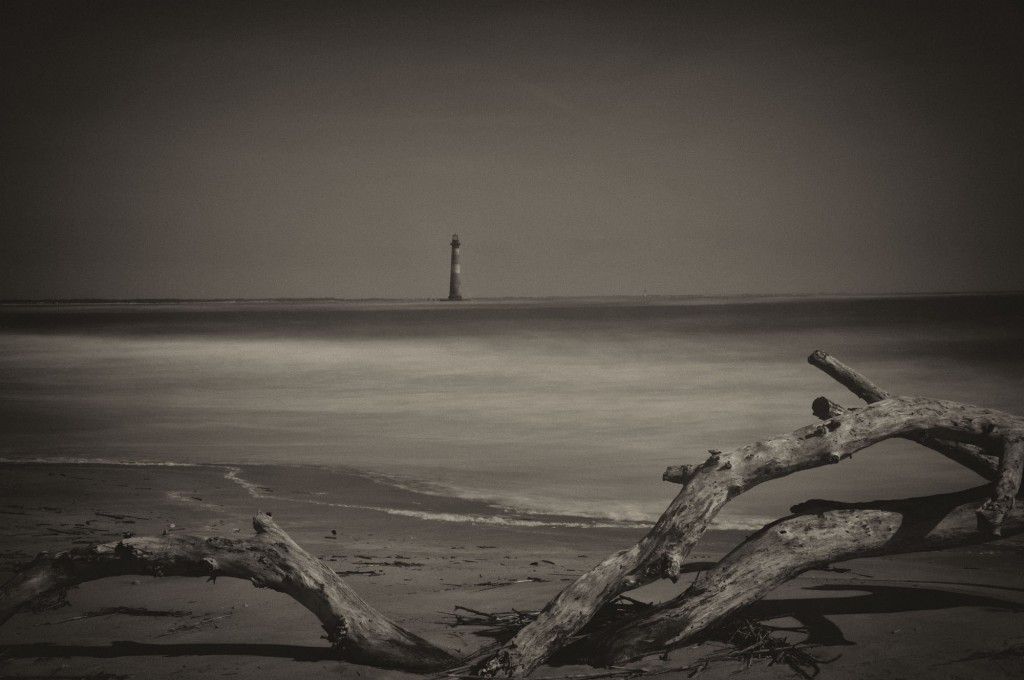
You can’t stop time. Much like the wind, you can’t even capture it. The best you can do is to immobilize that fleeting impression. Time passes. The Morris Island Light now stands in the water where it once stood on dry land, a keeper’s house standing nearby. The keeper’s house is long gone and without preservation efforts now underway, the lighthouse would soon fall into the ocean as well. Time passes, so greet her warmly as she does so. I’ve just been introduced to the work of photographer Dietmar Eckell. His photographs show the passing of time, the natural engulfing and reclamation of spaces. Sometimes moody, sometimes a little eerie (as abandoned places tend to be), they show the passage of Time and the effects she has on those under her power.
As photographers and storytellers, we deal with time in ways that normal people never think about. Time is a constant underlying presence and process in our work, whether we acknowledge or even think about it. Every time we set our shutter speed it’s a thoughtful moment. Choice of shutter speed could be based on several factors, the most obvious being the need to gather enough light to make an adequate exposure. That need is lessened considerably with the digital realm’s ability to adjust camera ISO whenever you need to change it, so let’s disregard that one.
In the photograph above, the choice of shutter speed was a deliberate one. My intention was to turn that ocean into mist; for all the caps of the waves to dissolve into each other. I used a 10 stop neutral density filter to enable the lengthy exposure, as this was made in the afternoon. On a side note, the law of reciprocity turned out to be inaccurate in this circumstance. I was actually aiming for a much longer shutter speed, but when I looked at my test exposure, it was grossly overexposed. The reason is this: while the ND filter cut down on the amount of visible light, infrared energy was not attenuated, and after some amount of time it began to influence my exposure, causing me to reduce my shutter speed (my lens was already stopped down as far as it would go, so that was not an option). Had I chosen a fast shutter speed, certainly the mood of the piece would be changed. The choppiness of the water would be apparent. If the seas had been stormy I might have been more likely to go for the short shutter speed, though I confess I am kind of a fan of the wispy, almost foggy-looking, ocean.
What does your choice of shutter speed say about your subject and the mood of the photograph? You choose: chaos or serenity.